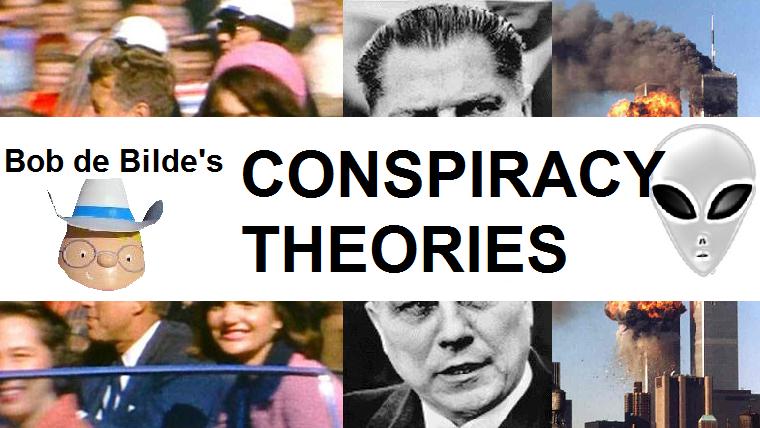 Tartan is a pattern consisting of criss-crossed horizontal and vertical bands in multiple colours. Tartans originated in woven cloth, now they are used in many other materials. Tartan is particularly associated with Scotland. Scottish kilts almost always have tartan patterns. (Tartan is also known as plaid in North America, but in Scotland, a plaid is a tartan cloth slung over the shoulder or a blanket.)
Tartan is a pattern consisting of criss-crossed horizontal and vertical bands in multiple colours. Tartans originated in woven cloth, now they are used in many other materials. Tartan is particularly associated with Scotland. Scottish kilts almost always have tartan patterns. (Tartan is also known as plaid in North America, but in Scotland, a plaid is a tartan cloth slung over the shoulder or a blanket.) Tartan is made with alternating bands of coloured (pre-dyed) threads woven as both warp and weft at right angles to each other. The weft is woven in a simple twill, two over - two under the warp, advancing one thread each pass. This forms visible diagonal lines where different colours cross, which give the appearance of new colours blended from the original ones. The resulting blocks of colour repeat vertically and horizontally in a distinctive pattern of squares and lines known as a sett.
The Dress Act of 1746 attempted to bring the warrior clans under government control by banning the tartan and other aspects of Gaelic culture. When the law was repealed in 1782, it was no longer ordinary Highland dress, but was adopted instead as the symbolic national dress of Scotland.
Until the middle of the nineteenth century, the highland tartans were associated with regions or districts, rather than by any specific clan. This was due to the fact that tartan designs were produced by local weavers for local tastes and would tend to make use of the natural dyes available in that area. The patterns were simply different regional checked-cloth patterns, where of the tartans most to one's liking - in the same way as people nowadays choose what colours and patterns they prefer in their clothing. Thus, it was not until the mid-nineteenth century that specific tartans became associated with Scottish clans or Scottish families, or simply institutions who are (or wish to be seen as) associated in some way with a Scottish heritage.
It is generally stated that the most popular tartans today are the Black Watch (also known as Campbell, Grant Hunting, Universal, Government) and Royal Stewart. Today tartan is no longer limited to textiles but is used on non-woven mediums, such as paper, plastics, packaging, and wall coverings.
The English word tartan is derived from the French tiretain. This French word is likely derived from the verb tirer in reference to woven cloth (as opposed to knitted cloth). Today tartan usually refers to coloured patterns, though originally a tartan did not have to be made up of any pattern at all. As late as the 1830s tartan was sometimes described as "plain coloured ... without pattern". Patterned cloth from the Gaelic speaking Scottish Highlands was called breacan, meaning many colours. Over time the meanings of tartan and breacan were combined to describe certain type of pattern on a certain type of cloth. Today tartan is generally used to describe a pattern, and it is not limited to only textiles. Today the term plaid is commonly used to describe what is actually tartan. Both terms however, originally had separate meanings. The word plaid is derived from the Scottish Gaelic plaide, meaning "blanket". Originally plaid was first used to describe the rectangular, blanket-like garment, sometimes made up of tartan, that preceded the modern kilt (see: belted plaid). In time, plaid was used to describe blankets themselves. The pattern of a tartan is called a sett. The sett is made up of a series of woven threads which cross at right angles.














































Awesome collection of
ReplyDeleteSporrans
Sporran
Sporan
Sporran Scottish
At Scottish Kilt Shop.